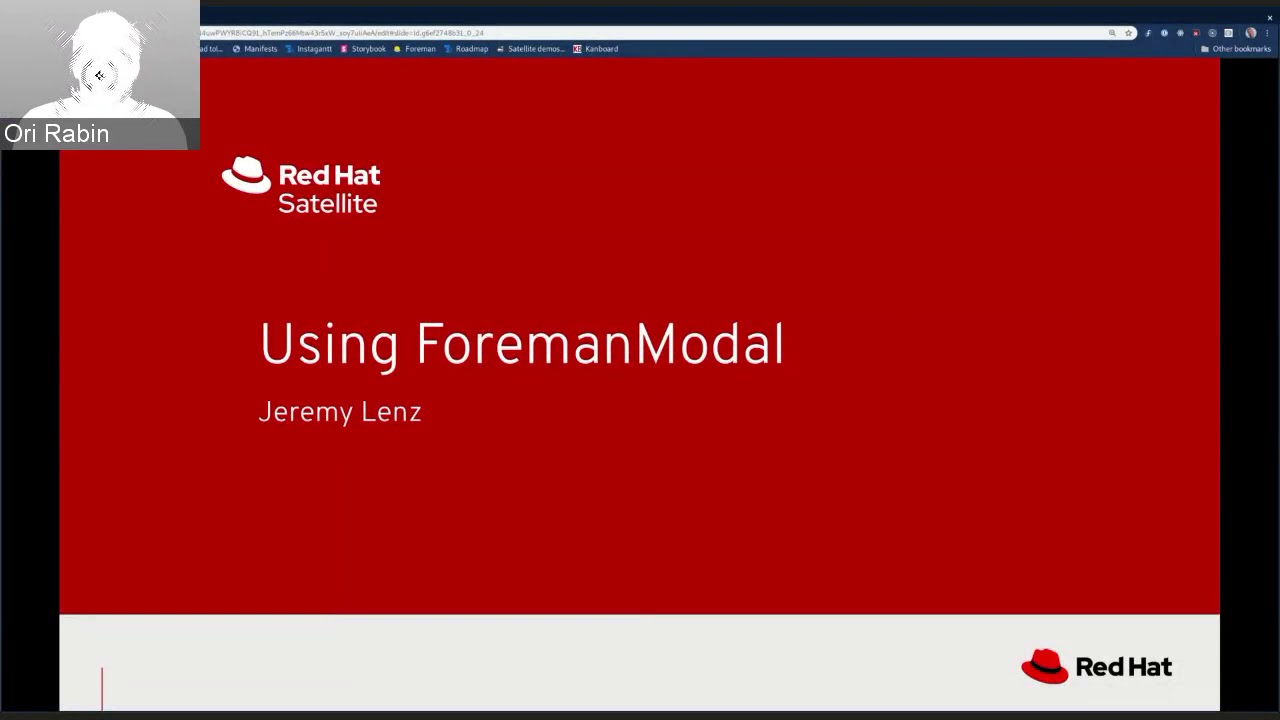Adding some of my my rough ideas:
Option 1: Chainbooting iPXE over unmanaged DHCPv6/TFTP
This should work with both BIOS and UEFI bare-metal. For VMs with iPXE embedded the chainbooting can be simply skipped. The workflow:
Changes required in Foreman:
- none if bootdisk plugin is installed
- add MAC parameter for unattended controller otherwise (bootdisk provides this feature)
This is the easiest workflow I think, the only thing to do is to setup unmanaged DHCPv6 (ISC can be used), TFTP server with iPXE files, configuring it for chainbooting and that should be it. Foreman ships with required templates and bootstrapping has been recently added by Timo (intermediate iPXE template). One slight disadvantage is that tokens cannot be used, MAC-address spoofing is possible. On the other hand, this has been always possible when bootdisk is installed.
Option 2: HTTP UEFI Boot over unmanaged DHCPv6
This is a similar workflow but with HTTP UEFI bootstrapping procedure (no PXE/TFTP). Both iPXE or grub2 can be used. Since iPXE workflow is almost the same as the one above (except there is no TFTP bootstrap) I describe grub2 case:
This is a nice alternative for hardware where iPXE is not compatible. Again, there are no changes required in Foreman as we already have support for HTTP UEFI boot (the last PR is pending merge). I have tested HTTP UEFI Boot over IPv4, the question is if it works over IPv6 as well.
Option 3: PXE over managed IPv6
DHCPv6 does not advertise MAC address in the request so it is not possible to create host reservations and in PXE environment DUID (unique client identifier) changes every boot so the MAC address is the only reasonable way of identifing clients I think. To workaround that, the workflow would require DHCPv6 relay server with Client Link-Layer Address Option in DHCPv6 feature. In short:
Currently, the DHCPv6 specification [RFC3315] does not define a way
to communicate the client link-layer address to the DHCP server in
cases where the DHCP server is not connected to the same network link
as the DHCP client. The DHCPv6 specification mandates that all
clients prepare and send a DHCP Unique Identifier (DUID) as the
client identifier option in all the DHCPv6 message exchanges.
However, none of these methods provide a simple way to extract a
client’s link-layer address. This presents a problem to an operator
who is using an existing DHCPv4 system with the client link-layer
address as the customer identifier and who desires to correlate
DHCPv6 assignments using the same identifier. [RFC4361] describes a
mechanism for using the same DUID in both DHCPv4 and DHCPv6.
Unfortunately, this specification requires modification of existing
DHCPv4 clients, and has not seen broad adoption in the industry
(indeed, we are not aware of any commercial implementations).
Providing an option in DHCPv6 Relay-Forward messages to carry the
client link-layer address explicitly will help the above mentioned
scenarios. For example, it can be used along with other identifiers
to associate DHCPv4 and DHCPv6 messages from a dual-stack client.
Further, having the client link-layer address in DHCPv6 will help by
providing additional information for event debugging and logging
related to the client at the relay agent and the server. The
proposed option may be used in a wide range of networks; two notable
deployment models are service provider and enterprise network
environments.
So the workflow would be the typical PXE workflow as we have it today (new host or discovery) with the following:
- DHCPv6 relay with MAC address feature
- DHCPv6 server that can be managed via Foreman and supports identifying hosts by MAC
- changes in orchestration and smart-proxy API to support IPv6 provisioning interface
The only DHCPv6 server that can be managed today and fulfills the requirements is dnsmasq. From its man page:
A single --dhcp-host may contain an IPv4 address or an IPv6 address, or both. IPv6 addresses must be brack‐eted by square brackets thus: --dhcp-host=laptop,[1234::56] IPv6 addresses may contain only the host-identifier part: --dhcp-host=laptop,[::56] in which case they act as wildcards in constructed dhcp ranges, with the appropriate network part inserted. Note that in IPv6 DHCP, the hardware address may not be available, though it normally is for direct-connected clients, or clients using DHCP relays which support RFC 6939.
The question is how to approach dual-stack nodes, the current idea treats DHCPv4 and DHCPv6 as two completely separate entities. There are advantages in managing the DHCP addresses in some combined way.

